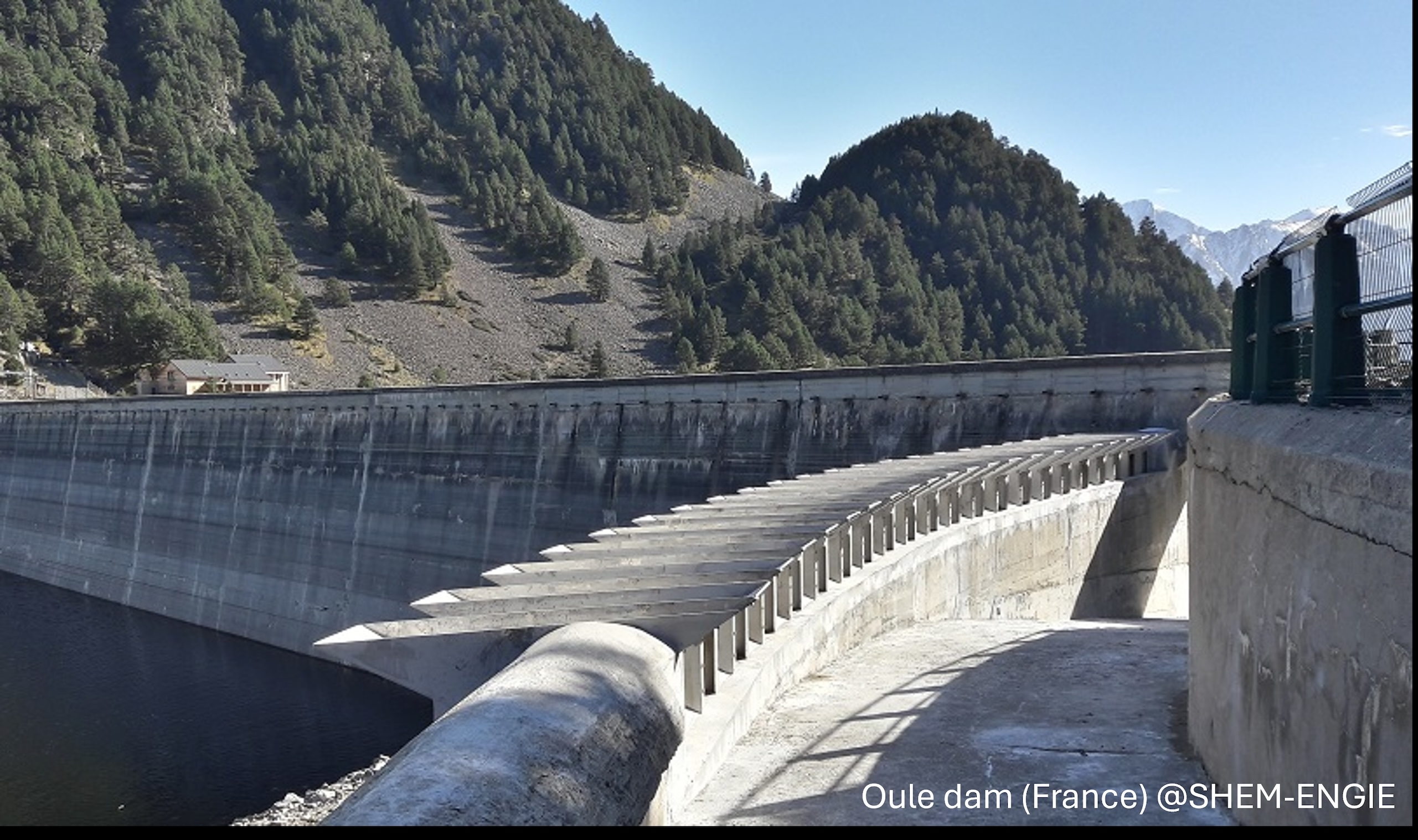Location
Atlanta, GA
Presentation Type
Presentation
Start Date
10-7-2025 11:55 AM
Description
Free overflow hydraulic structures operating at low heads tend to develop nappe instabilities when there is no ventilation. A detailed investigation has been undertaken with a relatively large-scale labyrinth weir in the hydraulic laboratory of the BAW. A quarter-round crest was selected, because nappe instabilities mainly occur at sharp-crested weirs, which favor the development of an air pocket behind the nappe. The headwater ratios for which nappe instabilities could be observed were determined. Pressure fluctuations were measured and the frequencies determined. Adding splitters to the crest is one way to vent the air pocket and to avoid vibrations. Another possibility is an artificial ventilation to stabilize the pressure behind the nappe. This paper presents the results and observations and discusses them against the background of the existing literature.
Creative Commons License

This work is licensed under a Creative Commons Attribution 4.0 License.
Included in
Physical Model Investigations on Nappe Instabilities at Labyrinth Weirs
Atlanta, GA
Free overflow hydraulic structures operating at low heads tend to develop nappe instabilities when there is no ventilation. A detailed investigation has been undertaken with a relatively large-scale labyrinth weir in the hydraulic laboratory of the BAW. A quarter-round crest was selected, because nappe instabilities mainly occur at sharp-crested weirs, which favor the development of an air pocket behind the nappe. The headwater ratios for which nappe instabilities could be observed were determined. Pressure fluctuations were measured and the frequencies determined. Adding splitters to the crest is one way to vent the air pocket and to avoid vibrations. Another possibility is an artificial ventilation to stabilize the pressure behind the nappe. This paper presents the results and observations and discusses them against the background of the existing literature.


